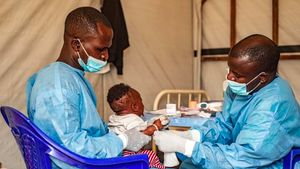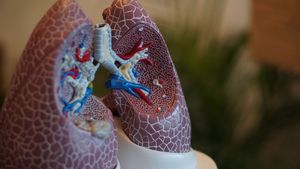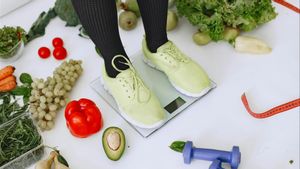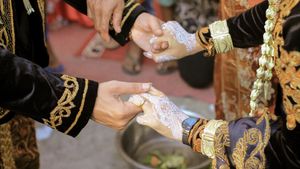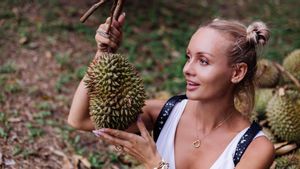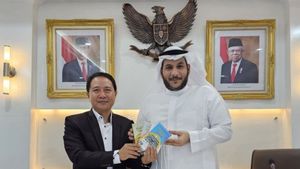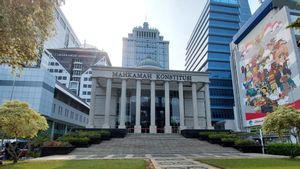JAKARTA - Research Center for Biosystematics Research and Evolution of the National Research and Innovation Agency (BRIN) Ayu Savitri Nurinsiyah revealed five land cage groups in Indonesia that have the potential to be used as herbal medicine.
The five keong groups that live in Indonesia are Lissachatina fulica, Amphidromus palaceus, Dyakia rumphii, Ampulliridae, and Vivipridae.
"These five groups are routinely used for traditional medicine, such as to cure wounds, asthma, and several other diseases," Ayu said in a statement in Jakarta, Sunday.
Based on research, Ayu said that people in several areas in Indonesia still use land cages for treatment, although this knowledge is increasingly scarce.
The study also shows the great potential of land cages to be further developed as the basic ingredient for modern medicines. Of the 126,316 species that have been validated in the world, Ayu revealed that more than 5,000 or 6 percent of these species are in the country.
"A total of 557 species live in freshwater, 111 species of which live as endemics of Indonesia. Meanwhile, of the total 1,294 species are on land, 595 are endemic to Indonesia," he said.
Ayu said that Java Island and its surroundings are one of the areas with a high diversity of land cage species. Of the 263 existing species, 104 of them are endemic species or only in Java Island and small islands around them.
"This diversity is not only seen in terms of the number of species, but also in terms of variations in morphological character, habitat, and ecological behavior. There is a daerah that lives in a dry and rocky habitat, while others prefer a moist environment around rivers or waterfalls," he explained as quoted by Antara.
SEE ALSO:
Ayu emphasized that land cages, apart from having important ecological functions in the ecosystem, also have great potential to be utilized in various fields, including culinary, medicines, and cosmetics.
In various countries, he said, keong has long been used as an alternative source of protein. For example, in France, keong darat (escargot) is a luxurious food that is very popular and has high economic value.
Apart from being a source of food, said Ayu, the mucus produced by the ground kaong also has high medical value. Lending keong is known to have antibacterial properties and can be used for the treatment of various skin diseases, such as wounds, infections, and even helping the regeneration of skin tissues.
"BRIN continues to strive to carry out sustainable research and conservation to ensure this diversity is maintained and can be used wisely for the welfare of the community and environmental conservation," he said.
The English, Chinese, Japanese, Arabic, and French versions are automatically generated by the AI. So there may still be inaccuracies in translating, please always see Indonesian as our main language. (system supported by DigitalSiber.id)



